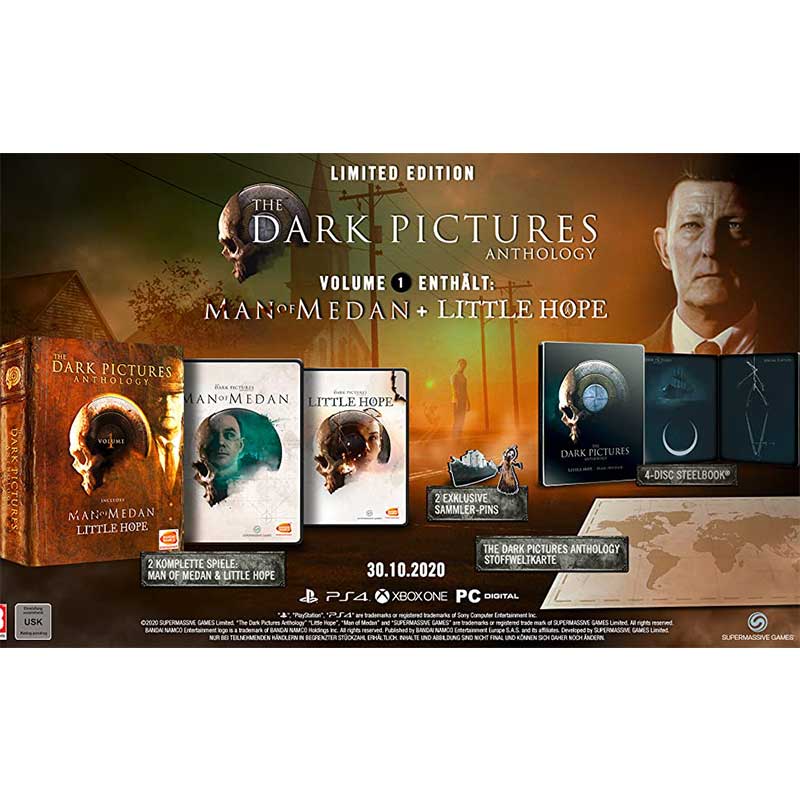

How can the evolution of serial forms be understood within particular theoretical frameworks? How does the sprawl of serial narratives across different media challenge established notions of authorship, narrative closure, and cultural legitimacy? How does it work to increase audience loyalty and engagement? How do authors and producers respond to new modes of consumption that differ from the ritualized experience of daily, weekly or monthly installments? Do DVD sets, VOD services, and streaming demand new narrative strategies and storytelling techniques to satisfy the binge or repeat viewer of television series? What effect has the “second screen” on viewing experiences and (the semblance of) audience participation?

Altogether 13 essays from leading and emerging scholars in the fields of film and media studies, literary studies, cultural history, ethnography and American studies address questions relating to the production and reception of serial narratives in the past and present. It explores narrative, cultural, and historical dimensions of serial narratives in an effort to come to terms with their changing forms and functions within the field of popular culture. This special issue seeks to make an original contribution to seriality studies. Both programs extend upon the themes, aesthetics, and narrative forms of earlier anthology programs for adults which shaped horror’s generic format on television, such as Alfred Hitchcock Presents and The Alfred Hitchcock Hour (Alfred Hitchcock, 1955-1965), The Twilight Zone (Rod Serling, 1959-1964 1985-1989), Rod Serling’s Night Gallery (Jack Laird, 1969-1974), and Tales from the Crypt (Richard Donner, 1989-1996).1 This chapter explores how Goosebumps and Are You Afraid of the Dark? (AYAOTD?) modulate the form and aesthetics of these earlier adult-oriented, horror-inected anthologies for a child audience.2 In particular, I consider how these programs seek to incite fear and dread while balancing the requirement to present themes and content classied suitable for a child audience, in turn mediating the shifting dynamics of children’s entertainment in the 1990s. MacHale, 1990-2000) are two of the most signicant examples of 1990s children’s horror television.


The Canadian-US co-productions Goosebumps (Deborah Forte, 1995-1998) and Are You Afraid of the Dark? (D.J. In the 1990s, the horror anthology series – a format previously designed for adult audiences – became a popular mode of children’s television programming.


 0 kommentar(er)
0 kommentar(er)
